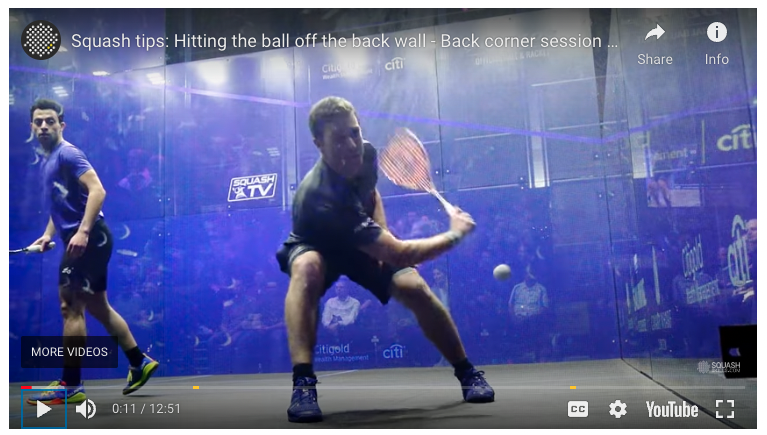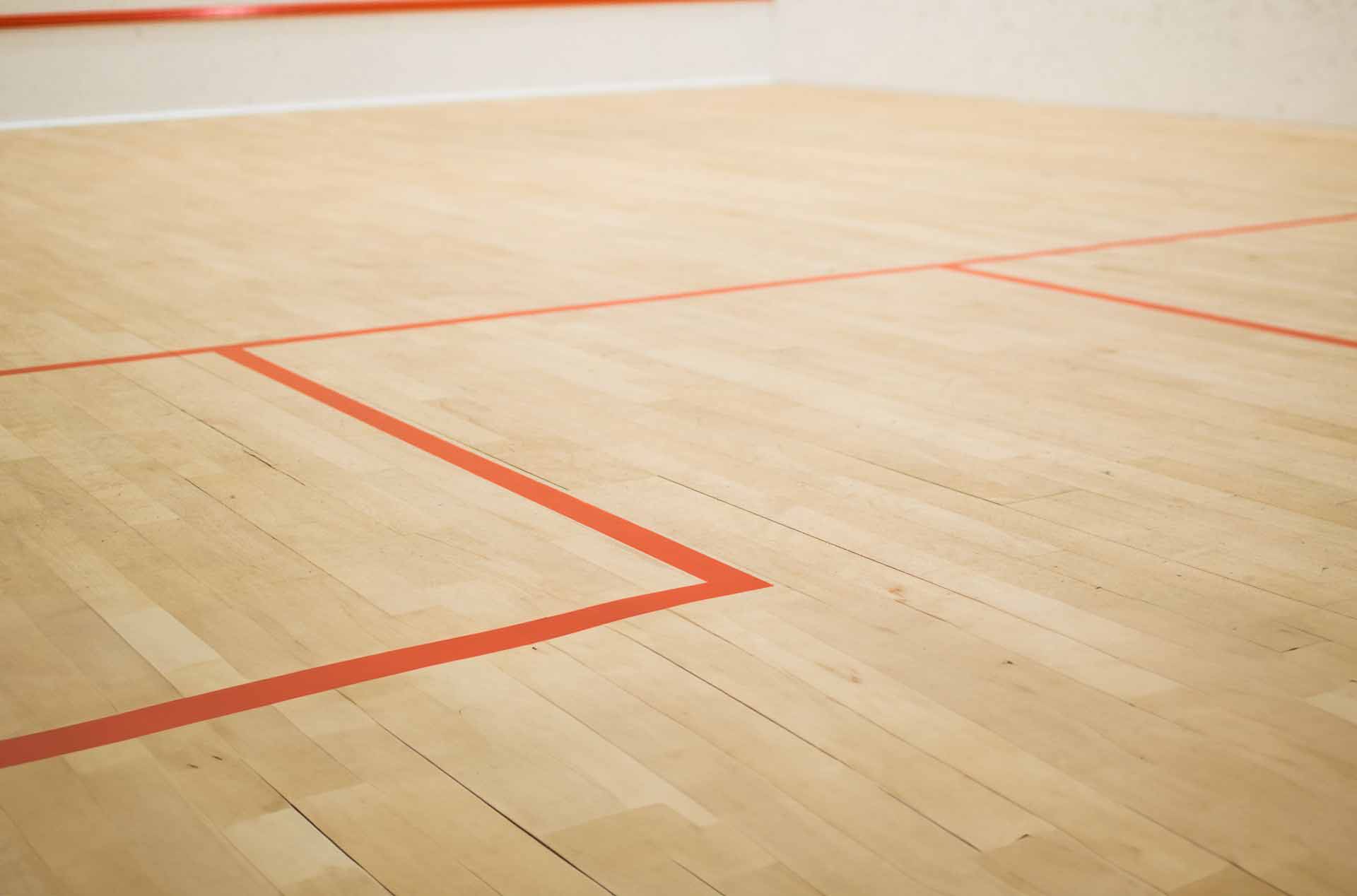Your cart is currently empty!
Reading Time:
Squash Tips: Backhand Back Corner

Getting the ball out from the corner fropm either side is one of the most difficult shots for people to learn. In part some of the challenge is re-learning a different technique than the shot your use for a drive.
Another is the spacing. For whatever reason, we charge straight to the corner as if chasing the ball down will actually help us get it. At least we can an A for effort.
Finally, one of the biggest challenges we grapple with is simply seeing the ball. I’ve seen some novice players do fairly well getting the ball of the back wall. They have not yet learned to focus on their technique and worry how they are going to do it yet.
But once you start focusing on getting better, and focusing on what we are supposed to be doing (footwork, spacing, not hitting the wall, etc.) we no longer have the cognitive bandwidth to actually focus on seeing what the ball is actually doing.
If you are lucky enough to have a hardball doubles court, trying working there with a hardball first or as you are learning. Because there is more space, you are not so jammed up. Or consider using a bouncier ball in the singles court to work with to develop your abilities.
Quick notes from this video:
- Two footed base
- Open and flat racquet face
- Racquet face is open but not necessarily lifted high
- Wait for the ball to come down as low as possible – you will create more distance from the glass
- Really drop your knees and get low
Digging the ball out of the corners
This is one of the most difficult shots for beginners and intermediate players.
Look for these points in the video:
- Body is facing the back wall to allow room there to swing
- Assuming you are right handed your racquet is on your left in the approach
- Move your hand up the racquet
- Bend your knees
- The swing itself is short with your forearm, and flat and horizontal
- There is a lot of wrist involved in generating the racquet swing
- Hit the ball at it’s lowest point that you can hit it at as it falls down
- You have to trust in your hit – you won’t be looking at the front wall
- Your racquet face must be “open” (somewhat tilted up) to get height on the ball
- Open up after your movement
There is a lot to take in here. If you are new to this, it helps to break it down into smaller steps and then start linking it together. For players that have been playing awhile, this is especially useful when you think you “get it”, but it’s still not coming together.
Breaking it down often reveals mental blocks about parts of the action we are unaware of. For example, I struggled for a long time when I finally realized I had a block about hitting it “backwards”. That’s not how you hit a ball! And I couldn’t see the front wall (don’t worry, it’s not going anywhere). So I went into a court by myself and simply tried to hit it like this away from the walls to begin with with nice easy hits so I could start to get comfortable.
Or perhaps it’s just an unconscious habit you need to overcome. If someone has drilled into you about keeping your racquet up (racquet preparation!), or you are just simply locked into how you swing, your challenge might be overcoming the habit of whatever you are doing with your racquet. So try hitting the ball with that flat horizontal swing. Get comfortable with it.
Learn more from Jesse about getting the ball out of the back forehand corner.
Now here is another take from Seb Weenink on getting the balls out of the back corners that emphasises the wrist a little less but rotation of the shoulders and hips.
If you are looking to improve your backhand in general check out the video showing the squash backhand technique.
by
